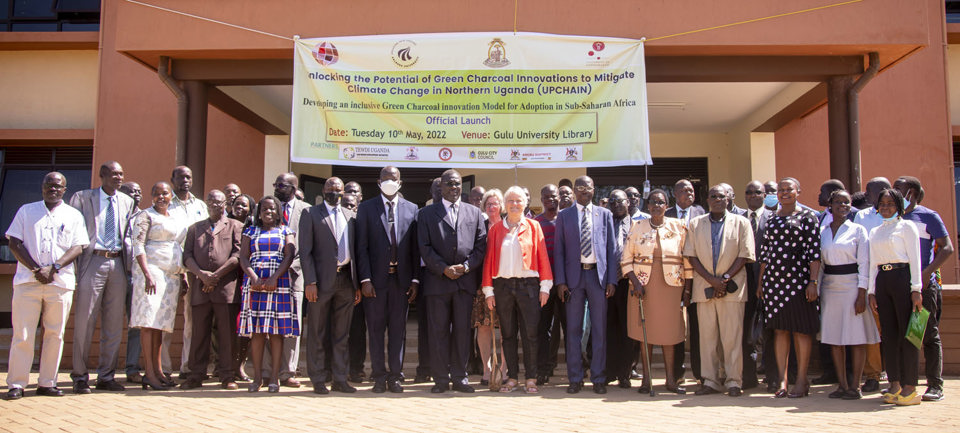In Uganda, firewood and charcoal are the most used sources of energy for cooking. According to Lone Dirckinck-Holmfeld, professor at Department of Communication and Psychology, the use of charcoal for cooking is growing. She says:
- It is a massive challenge for the environments that so many people in Africa use firewood and charcoal for cooking. Both in Uganda and in the surrounding countries, a charcoal industry has arisen. It means that forests disappear, temperatures rise and we see a beginning desertification.
The new research project, UPCHAIN, is a partnership between researchers from both Denmark and Uganda and a wide range of stakeholders in Uganda. The goal of the project is to change cooking traditions, so they no longer are to the detriment of the climate and a threat to health. The project has its origins in Uganda but the potential is global and can thus be brought into play in Latin America, Asia and a much larger area of Africa.
Green Must Be the New Black
Green charcoal is made from the residual products from the fields, e.g. from maize stems or rice hulls, and is therefore a sustainable replacement to charcoal and an alternative with far fewer negative health related consequences. Green charcoal is already used in Uganda but to a rather small extent and in pilot projects.
For green charcoal to become a viable alternative, new business models are needed to make it worthwhile both to produce and to buy green charcoal. This is where the Danish researchers enter the picture. Lone Dirckinck-Holmfeld says:
- We will examine what is needed for green charcoal to become a sustainable alternative energy source for cooking. It will not happen by itself. We researchers gather families, schools and local communities to find out which challenges we face in the transition to green charcoal – and how to overcome these challenges.
An important contribution to the project from the researchers from the Humanities is a unique knowledge about how best to support green transition. One of the methods used is called ‘co-creating transition’ where all stakeholders are involved in the transition process. In this way they all contribute with their knowledge and experience right from the beginning. The researchers can bring together producers and consumers in so-called ‘change laboratories’ where they create shared visions for new practices. With this approach we find new solutions that are locally embedded. This means that solutions can much easier be implemented than if researchers defined the challenges and the framework for a solution by themselves.


